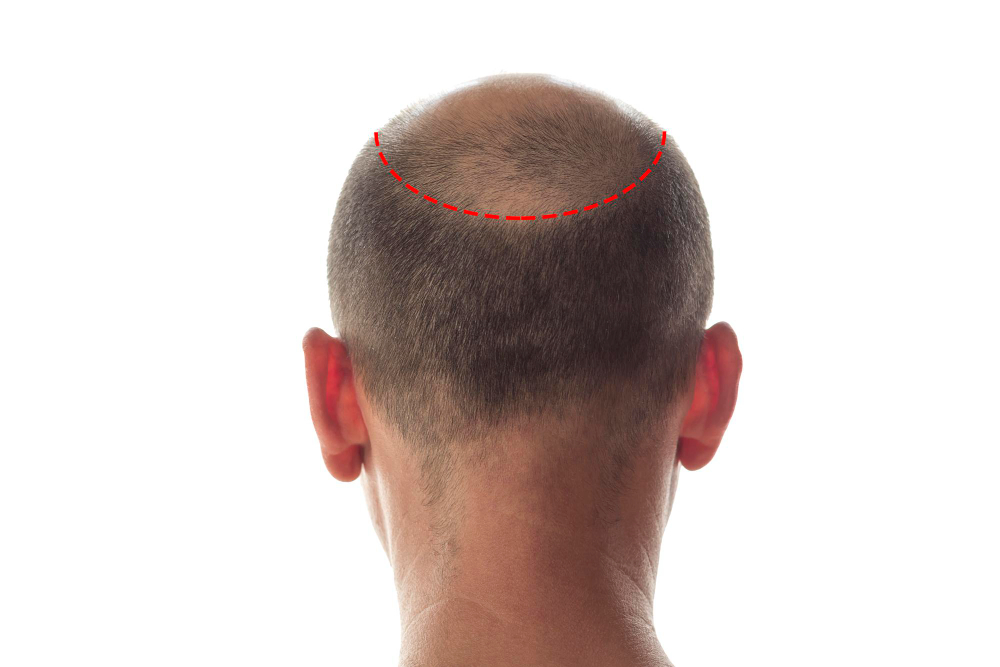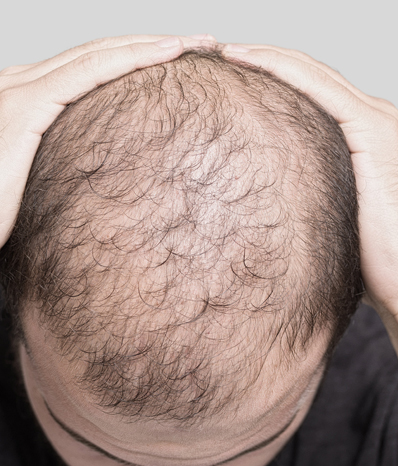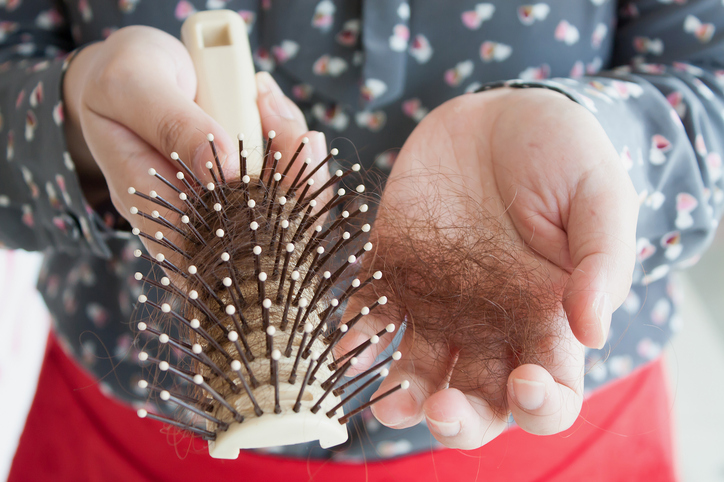Diagnosis

Diagnosis
Proper Diagnosis of Hair Loss
Before one can decide if they might need medical treatment or a hair transplant, a proper diagnosis of their hair loss condition should be made by a hair loss specialist. Hair loss may be pattern hair loss (male or female) or non-pattern hair loss. Dr. McBeth employs a thorough history and physical examination of the patient’s scalp and pertinent body systems plus when appropriate, uses dermoscopy, trichoscopy, laboratory tests, and scalp biopsy to get the most precise and accurate diagnosis of your hair loss problem. Additionally, we use the Tricholab Handyscope to measure hair counts, image hair shaft health, and even get a second opinion from a pathologist, if necessary.
Time is of the essence. Don’t wait to investigate what can be done to improve, treat, or reverse your hair loss. Call today for a consultation at 310 734 7481.
- Actual hair loss verses hair breakage
- Focal hair loss verses diffuse hair loss
- Hair thinning verses hair shedding
- Scarring hair loss verses non-scaring hair loss
- Hair shaft miniaturization verses reduced density
Pattern Hair Loss
The great majority of all hair loss is male or female pattern alopecia which is the result of a genetic predisposition to the hormone effect of DHT ( a metabolite of testosterone) on 3 different areas of the hair follicle. The effect DHT causes the slow miniturization of the follicle units over time and eventually the follicles will fall out and never regrow. This is why we see thinning of the hair or the “see through appearance” of the scalp, particularly when light shines upon it and ultimately, there can be complete baldness. The proper diagnosis of this genetic process is accomplished by dermatoscopic examination of the scalp by a hair restoration surgeon or specialist, amongst other methods. It is paramount that men or women with this type of hair loss, seek immediate help to prevent future loss of hair, before the hair pores are completely gone. Male or Female Patterned Hair Loss or androgentic alopecia is treatable with medications, non-surgically with Regenera AMT, and FUE/FUT hair transplant surgery. Call Dr. McBeth at 310 734 7481 to get a consultation today!


Non-Pattern Hair Loss
- Hair Shedding
- Scarring Or Cicatricial
- Alopecia
- Focal Non-scarring
- Alopecia
- Telogen Effluvium
- Hair Breakage Problems
- Diffuse Thinning
Hair Shedding
Telogen Effluvium (Common Precipitating Events)
- Childbirth
- General Anesthesia
- High Fever
- Hormonal Changes
- Protein-Deficient Diet
- Starting or Stopping OCAs
- Stress
- Sudden Weight Loss
- Systemic Diseases
Common Drugs That Can Cause Telogen Effluvium
- ACE Inhibitors
- Androgens
- Anti-Cholesterol Agents
- Beta Blockers
- Cimetidine
- Coumadin, Heparin
- Lithium
- Oral Contraceptives (OCAs)
- Vitamin A
ANAGEN EFFLUVIUM (COMMON PRECIPITATING EVENTS)
- Childbirth
- General Anesthesia
- High Fever
- Hormonal Changes
- Protein-Deficient Diet
- Starting or Stopping OCAs
- Stress
- Sudden Weight Loss
- Systemic Disease
Cicatricial (Scarring) Alopecia
Hair transplant surgeons often find unusual cases where the normal patterns of male-pattern baldness or female-pattern baldness are not present. These are irregular patterns of hair loss on the scalp, frequently accompanied by loss of pores and hair in the area in question, and often a smooth, glassy appearance on the scalp. Unfortunately, these causes for hair loss are growing in epidemic proportions, especially amongst perimenopausal and menopausal women and women of color. This can be considered a “hair emergency” when early diagnosis and treatment is key to minimize permanent loss of hair. Although, sometimes there may be no symptoms besides hair shedding, itching, burning, irritation, redness of the scalp especially around the hair follicles, excessive flakiness of the scalp, or loss of eyebrows may occur.
When these are present, it is often necessary to do a biopsy to determine the process that is active. Generally, loss of pores and smooth shiny scalp indicate a scarring alopecia.
The Following Are The Types Of Scarring Alopecia Which Require A Biopsy:
- Chronic cutaneous lupus erythematosus
- Lichen planus pilaris
- Frontal fibrosing alopecia
- Graham-Little Syndrome
- Pseudopelade of Brocq
- Central centrifugal cicatricial alopecia
- Alopecia mucinosa
- Keratosis follicularis spinulosa decalvans
- Folliculitis decalvans
- Dissecting cellulitis/folliculitis
Focal Non-Scarring Alopecia
- Entity / Distinguishing features
- Secondary syphilis: Serology for syphilis (contagious)
- Tinea capitis (ringworm): Broken hairs, scaling, erythema, positive smear and culture (contagious)
- Traction alopecia: Typical pattern from traction
- Triangular alopecia: Pattern, configuration and history on temple
- Trichoterlomania: Shaved hairs
- Trichotillomania: Broken hairs present from manipulation, hairs of various lengths
- Alopecia areata: Irregular patches, frequently round, of missing hair, scattered throughout the scalp, usually characterized by fine, silvery hairs at the base. This is thought to be an autoimmune condition which lasts for several months to several years, may be characterized by hair regrowth in some of the areas, followed by development of patchy hair loss in other areas. This is diagnosed by biopsy, appearance, hair-pull test and history.

Hair Breakage
- Monilethrix (beaded hair)
- Pili torti (twisted hair)
- Trichorrhexis invaginata (bamboo hair)
- Pili annulati (ringed hair)
- Bubble hair (damage from heat of hair dryers, curling irons, etc.)
- Trichorrhexis nodosa (nodes on hair)
- Trichonodosis (knotted hair)
- Trichoptilosis (split ends)
- Trichoschisis (broken or split hairs)


Diffuse Hair Loss
Get In Touch With Us
Los Angeles
8920 Wilshire Blvd, Suite 603 Beverly Hills, CA 90211
Call Us
310 734 7481
Mail Us
de**@mc***************.com